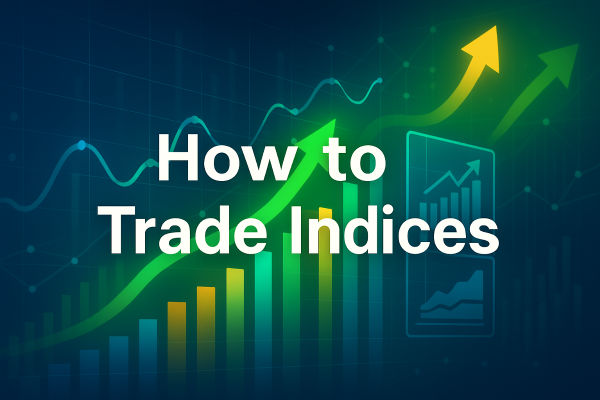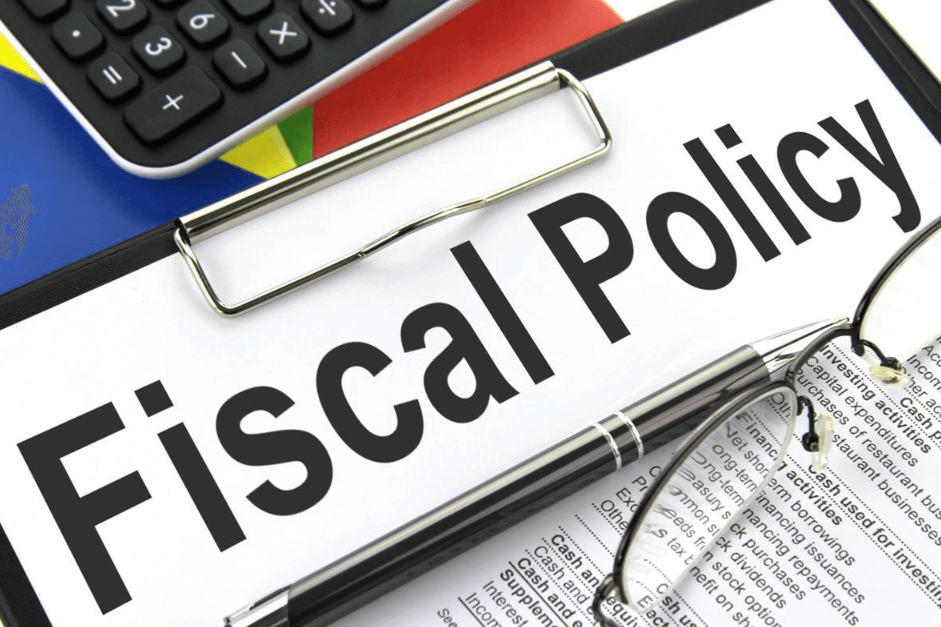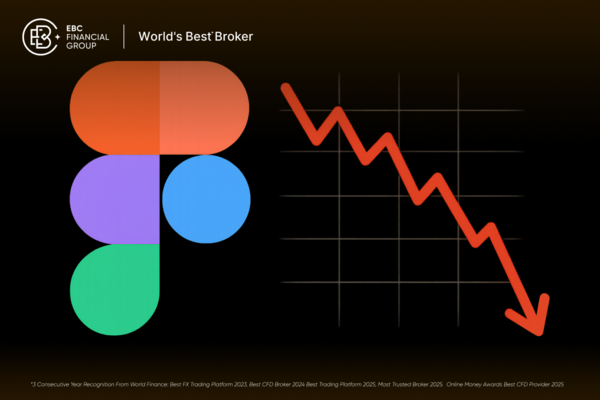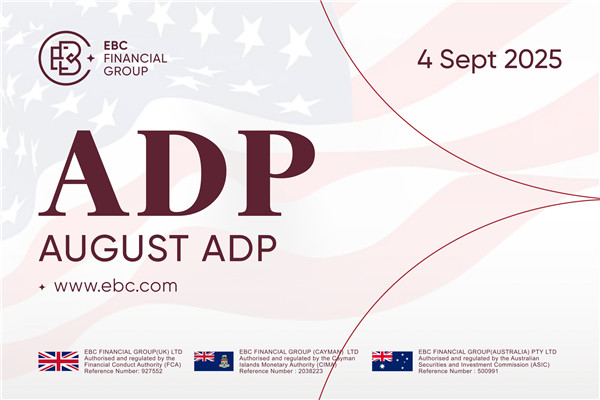Want to be ahead of the markets? Knowing when key events happen is key. A macroeconomic calendar helps you track them and make better trading decisions. This article will show you how to use a macroeconomic calendar to anticipate market moves and fine-tune your strategy.

What is Macroeconmic Calendar?
A macroeconomic calendar is a tool that tracks all the global economic events and data releases. It covers a multitude of economic events and indicators so you can stay informed of all the important happenings that can affect the financial markets. The best part is it organizes events by impact so you can prioritize and focus on what really matters.
Traders and investors use the macroeconomic calendar to track the timing and importance of economic events. Imagine having a map that not only shows you the route but also the potholes and traffic jams along the way. That's what the economic calendar is. By listing events in chronological order and by impact, it helps you navigate through the jungle of economic data.
The macroeconomic calendar is even more reliable since it's updated by a team of economists. That means the information is up-to-date and accurate, that's why brokers and market makers trust it.
Having access to a real-time economic calendar is key in trading where information is power.
Major Economic Indicators to Watch
Economic indicators are essential for analysis, they give you insights into the economy and predict future trends. One of the most important indicators is the Gross Domestic Product (GDP) which measures the total output of a country. A rising GDP means a growing economy, a falling GDP means economic trouble.
Inflation is another thing to watch and it's measured by the Consumer Price Index (CPI). CPI tracks the average change over time in the prices paid by consumers for goods and services. Related to that is the Producer Price Index (PPI) which measures the average change in the selling prices received by domestic producers. Both are important for inflation trends.
Labour stats including unemployment rate and average hourly earnings give you insights into the labour market. A high unemployment rate means economic trouble, rising average hourly earnings means consumer purchasing power and potential wage inflation.
Central banks watch these indicators to set interest rates which affects borrowing costs and overall economic growth. Keep an eye on these indicators to anticipate market moves and make decisions.
Global Economic Events
The global economy is a complex mess of events and data releases. Among all the economic calendars, the US economic calendar is the most comprehensive and has the biggest impact on the global markets. US economic indicators are published by reputable organizations like the US Bureau of Labor Statistics and the US Bureau of Economic Analysis so it's a must-watch for all traders.
Federal Reserve announcements, usually by Governor Jerome Powell are among the most anticipated events. These announcements can move the markets big time as traders adjust their positions based on the new information. Similarly, decisions by the Bank of Canada, led by Tiff Macklem have a big impact on the Canadian economy and beyond.
Knowing the timing and importance of these global economic events is key for anyone in the financial markets. Whether it's a Federal Reserve meeting, a major GDP release or labour market reports, these events can move market sentiment and prices fast. Monitoring the economic calendar allows you to position yourself for market moves.

How to Use a Macroeconomic Calendar
At first, it's overwhelming but with practice, a macroeconomic calendar becomes a very useful tool. Events are listed in chronological order by day so you can easily filter through upcoming events. This helps you focus on the most relevant data for your trading strategy.
To make the calendar even more user-friendly, the potential market impact of data releases is indicated by colour codes: yellow for low impact, orange for medium impact and red for high impact. These visual cues allow you to quickly see the importance of upcoming events. When the data is released it's displayed next to the volatility indicator so you can set alert notifications based on the real-time information.
A unique feature of the macroeconomic calendar is the consensus number which is the consensus among experts of what's expected. This consensus helps you set your expectations and prepare for market reactions. Using these features effectively will help you make better decisions and stay ahead of the market.
Real-Time Data and Historical Analysis
In trading, timing is everything. Real time data allows you to react instantly to market moves and capitalise on opportunities as they arise. Combining real-time updates with historical data gives you a complete picture of the market and improves your economic forecasts.
Analysing historical data helps you identify trends and patterns for future economic forecasts. For example by looking at past GDP reports you can predict how future reports will impact the market. This analysis also helps you fine tune your trading strategy so you can react calmly to new data based on past experiences.
The addition of AI in tracking speeches and sentiment analysis is a big deal. AI models analyze speeches from Federal Reserve officials and rate them on a dove-hawk scale. Real-time sentiment analysis gives you instant insight into the direction of monetary policy so you can adjust your positions accordingly.
backtesting different scenarios using historical data helps you see how the market will react. Simulating different outcomes helps you prepare for economic data releases and position yourself for the event. This combination of real-time data and historical analysis is a solid foundation for making informed trading decisions.
Economic Events and Financial Markets
Economic events move financial markets and can cause big price moves when they are released. Unexpected events in particular can cause volatility across all markets and change investor sentiment and trading behaviour. You need to understand this.
Central bank meetings are the most important economic events. Decisions made during these meetings, such as interest rate changes, can cause immediate reactions in both stock and bond markets. Traders position themselves based on the economic calendar and expect big announcements.
The difference between actual and expected economic outcomes is key to understanding market reactions. For example, if the actual GDP growth is lower than expected it can cause a sell-off in the stock market. If labour statistics are better than expected it can boost investor confidence. Understanding these subtleties helps you navigate the market and make decisions on the actual forecast.
Trading Tips for Economic Events
Trading around economic events requires preparation and strategy. Experts recommend to start preparing 15 minutes before the event, collecting data and doing simulation exercises. Be proactive and get ahead of the market.
A trading system is key when trading economic events. Human emotions can lead to mistakes so having a system ensures consistency and reduces the chance of errors. This means setting up predefined entry and exit points based on the economic calendar data.
Economic releases can cause big market moves. Traders need to be prepared to react quickly and strategically to these moves. Using the economic calendar effectively keeps you informed of upcoming events and helps you make strategic decisions.
Data Sources Matter
Accurate and reliable data sources are the foundation of a good trading strategy. Choosing a good economic calendar is key to getting timely and accurate information to make informed decisions. Mistakes in data can lead to bad trading decisions so accurate sources are important.
Official sources like government agencies and financial institutions are the most accurate. Monitoring these sources ensures you are working with the best data.
In the fast-paced world of trading having access to accurate data can be the difference between success and failure. Using trustworthy sources and updating your economic calendars regularly keeps you ahead of the market and helps you make better decisions.
Customize Your Macroeconomic Calendar
One of the key features of an economic calendar is the customization options. Users can filter and customize events based on their interests or regions, making the calendar more useful. You can align the calendar to your trading strategy and focus on the data that matters to you.
Customization options include selecting specific countries, economic indicators and time zones that match your trading preferences. This way you only see the information that matters to you.
You can also filter events by importance and category so you can focus on specific types of economic data like GDP or inflation releases. Tailor the economic calendar to your needs and you will analyze faster and better.
Conclusion
In this blog post, we have covered the basics of a macroeconomic calendar and how to use it to track major economic events. Knowing the major economic indicators, real-time data analysis and the impact of economic events on the markets gives you the tools to make better decisions. By Mastering the macroeconomic calendar is a continuous learning process. Now you have the tools to navigate the markets with ease.
Disclaimer: This material is for general information purposes only and is not intended as (and should not be considered to be) financial, investment or other advice on which reliance should be placed. No opinion given in the material constitutes a recommendation by EBC or the author that any particular investment, security, transaction or investment strategy is suitable for any specific person.

















